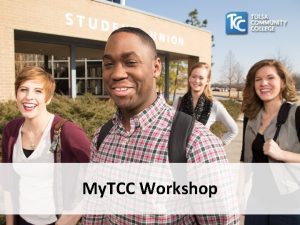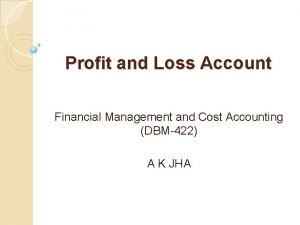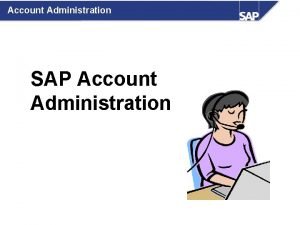UNDERSTANDING YOUR COMMUNITY INVOLVES TAKING INTO ACCOUNT ITS








- Slides: 8

UNDERSTANDING YOUR COMMUNITY INVOLVES TAKING INTO ACCOUNT ITS DIFFERENT ASPECTS. SOME OF THE BASIC ASPECTS ARE LISTED BELOW: 1. Geographic boundaries 2. Demographics 3. History and community strengths 4. Political structure and governance 5. Economic structure, major or key employers 6. Community organisations 7. Civic and social problems

GEOGRAPHIC BOUNDARIES: As an e. Centre manager, you must understand the geographic boundaries of your community. You also need to list down its natural resources, (like river, forest, lake, etc. ), topographic features, inhabitants, etc. The geographic information would include: • Area in sq. km • Area under forest cover • Water resources, like river, streams, ponds, etc. • Cultivable land • Number of streets

DEMOGRAPHICS: Once you have gained the basic understanding of the geographic boundaries, you must know the demographic details of your community. Demographic details include, sex, race, age, income, educational attainment, employment, etc. The demographic details would include: • Total population ◦ Male ◦ Female • Age • Race • Religion • Education • Income • Employment

HISTORY AND COMMUNITY STRENGTHS: In order to better understand your community, it is critical to know the historic profile of your community. This would enable you to do a detailed analysis of the strengths and weaknesses of your community. The historic information would include: • When was the community formed? • How did the community come into being? • What were the traditional occupations of the community? • Who are the known historic leaders?

POLITICAL STRUCTURE AND GOVERNANCE: Most of the democratic countries have given much importance to the local governance units. They are empowered to fulfil the basic civic needs of your community. So, it is important to understand the political structure and governance system in your community. For example, • How does the local governance unit function? • What are its mandates? • Who are the elected leaders?

ECONOMIC STRUCTURE, MAJOR OR KEY EMPLOYERS: People in your community earn their living in various ways. Some work on farms, while others earn their living through non-farm activities. As an e. Centre manager, it is critical to understand the basic livelihood information of your community. The economic information would include: • Total number of farm workers • Total number of non-farm workers ◦ Artisans ◦ Local businesses ◦ Daily wage labourers ◦ Others • Livestock • Total income • Major employers

COMMUNITY ORGANISATIONS: A number of community organisations may be working within your community with different purposes. Hence, it is appropriate to make a detailed list of all these organisations and develop a database. The information on community organisations may include: • Total number of community organisation in your community • Focus area • Target population • Coverage area • Duration

CIVIC AND SOCIAL PROBLEMS: As an e. Centre manager, you must identify and list the larger issues of public concern. Some of the basic social problems are: • Lack of hygiene and sanitation • Poor drinking water supply • Lack of approach roads • Lack of electricity or power















